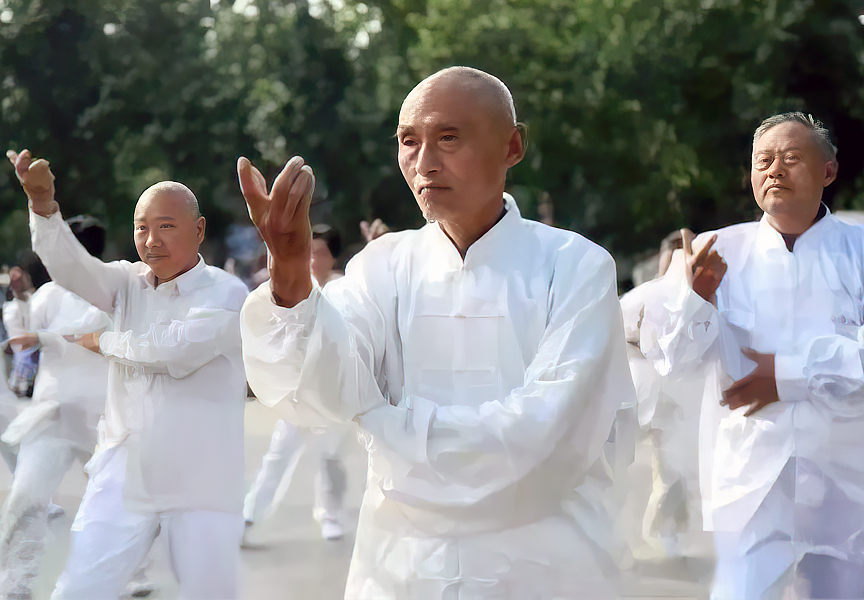Random Free Articles
- The Ancient Art of Zhan Zhuang
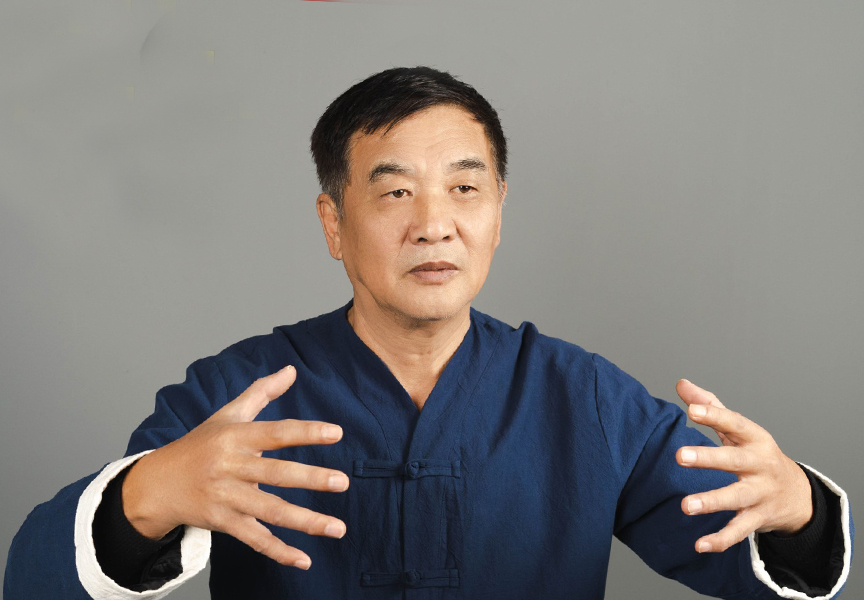
Zhan Zhuang [Chin.: zhàn zhuāng 站桩], often referred to as "standing like a post" or "standing stake" in English, is an ancient Chinese practice that has been gaining recognition and popularity in recent years for its numerous physical, mental, and spiritual benefits. This seemingly simple yet profound practice is a form of Qigong, a traditional Chinese system of exercises and breathing techniques designed to promote…
- True Essence of Martial Arts
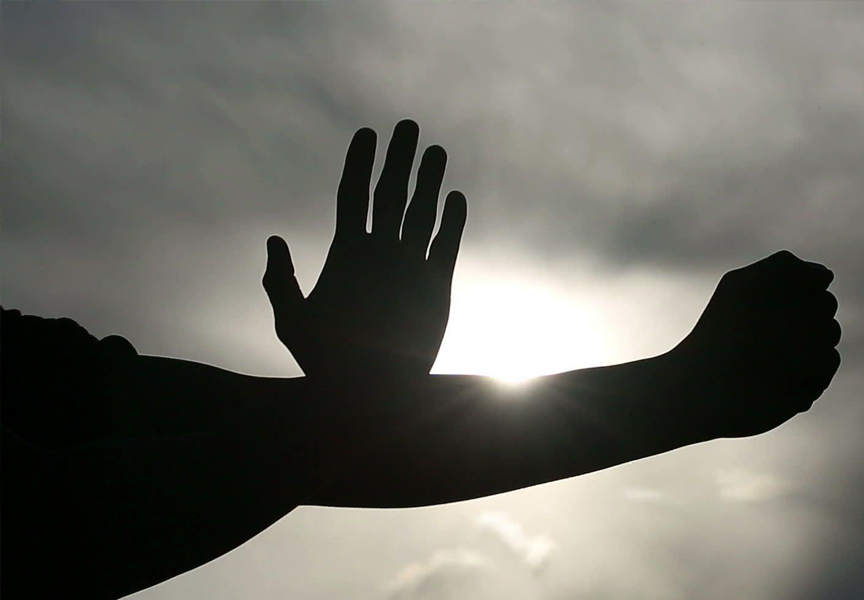
A Journey of Inner Cultivation In a world that often associates martial arts with physical prowess and the development of a sculpted body, it is time to shift our perspective and recognize martial arts as a form of art that transcends the boundaries of mere physicality. Beyond the kicks, punches, and acrobatics, martial arts demand a deeper commitment to inner cultivation, fostering a harmonious connection between the mind, body, and spirit.…
- The Shaolin Monk's Shovel
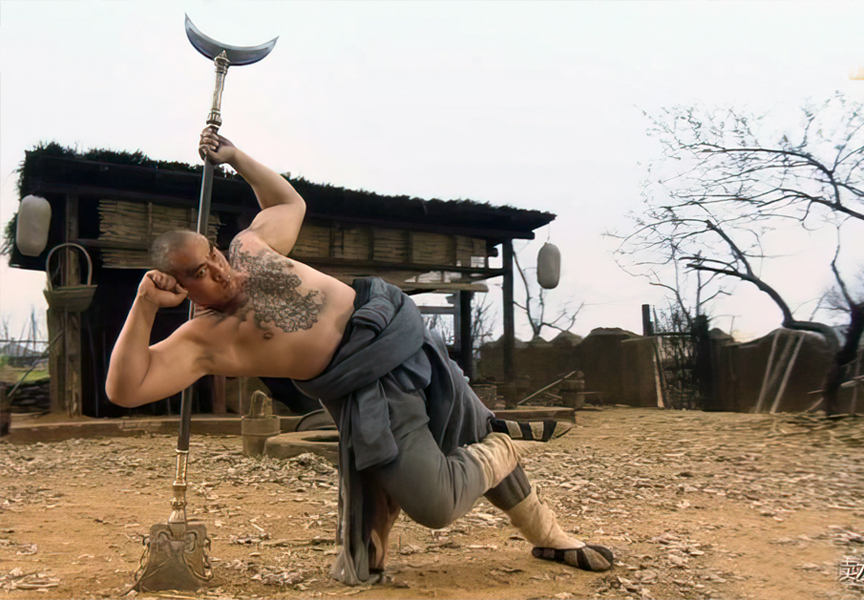
A Weapon with a Rich History In the world of martial arts, the Shaolin Temple stands out as a legendary institution that has produced skilled warriors for centuries. Among the various weapons associated with Shaolin monks, the monk's spade, known as Yue Ya Chan [Chin.: yuèyáchǎn 月牙汐] in Chinese, holds a special place. This unique weapon, known as the monk's weapon [Chin.: sēngchǎn 僧汁] is perhaps the most famous…
- Forms and their use
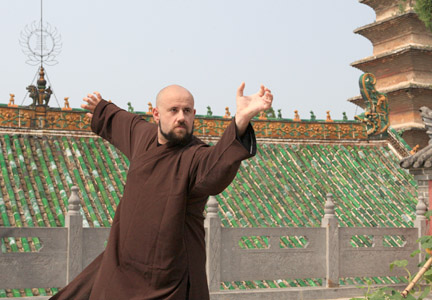
The term Forms means the combination of several techniques, organized by their initiators, in order to present their experience and knowledge from a real battle and which they can pass on to future generations. Masters that created the Forms which have reached to this day, were perfectly aware of the styles, were experienced in the techniques, in order to be able to see the advantages and disadvantages of the form, the techniques, the sequence…
- Mystical Meridian of the Triple Heater
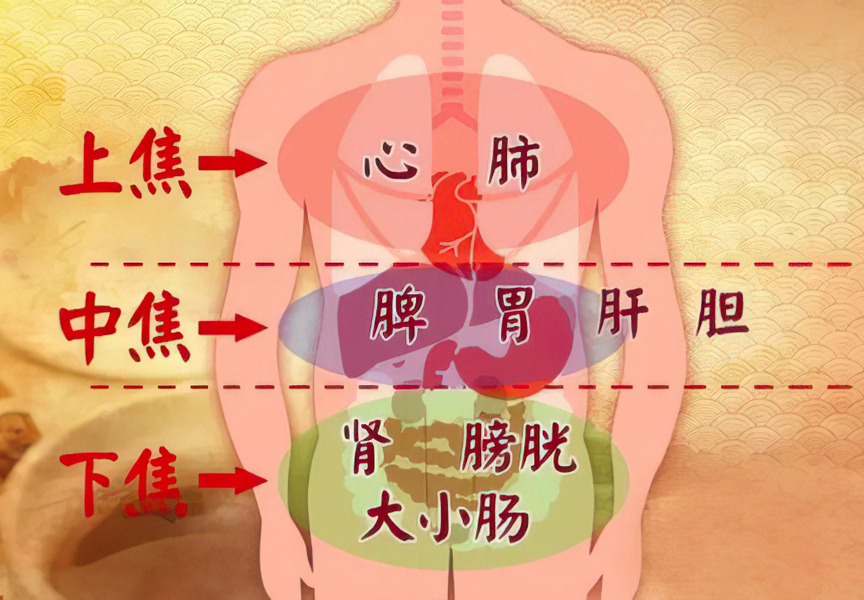
In traditional Chinese medicine (TCM), the human body is believed to be a complex network of energy channels or meridians through which vital life force, or Qi, flows. These meridians play a crucial role in maintaining the balance of health and well-being. One lesser-known yet intriguing meridian is the Triple Heater or Triple Burner meridian, known in Chinese as the San Jiao meridian [Chin.: sānjiāo 三焦]. This meridian has mystified and…

